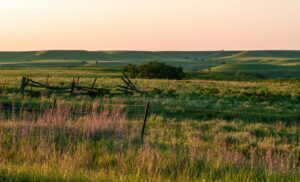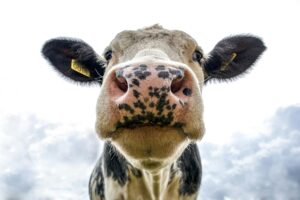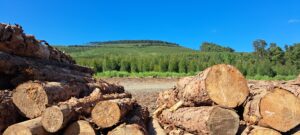
Planting trees in grasslands won’t save the planet – rather protect and restore forests
Why rangelands matter, and why misguided initiatives here do more harm than good …
Photo by Julian Wan on Unsplash
The Wool Farmer serves the National Wool Growers Association (NWGA) and one says a hooray for its punting its product in a timely and appropriate way.
The reader is then referred to a blog by the International Wool Textile Organisation (IWTO) for further reasons as to why woollen face masks are a good alternative: “Wool is unique among fibres in that, thanks to the structure of its fibres, it naturally wicks moisture away from the skin and allows the skin to breathe. Research has shown how superfine Merino wool operates as a dynamic buffer, regulating humidity and temperature near the skin … The result is: you feel drier and more comfortable”.
A problem is that “synthetic fabrics can cost as much as 5% of what a quality Merino wool fabric costs”. When you read the previous points that preceded this though, and an article in The Conversation which the IWTO as a marker, “Coronavirus face masks: an environmental disaster that might last generations“, a woolled mask sounds like a worthwhile investment!
The Agribook page on wool farming can be consulted at https://agribook.co.za/livestock/wool-sheep/.

Why rangelands matter, and why misguided initiatives here do more harm than good …

Nitish Boodhoo, University of Guelph The confirmed presence of bird flu in American dairy cattle in a March 25 report from the U.S. Department of

Press release While life without plastic might be hard to imagine, there is a renewable, recyclable and sustainable alternative to single-use plastics and many other